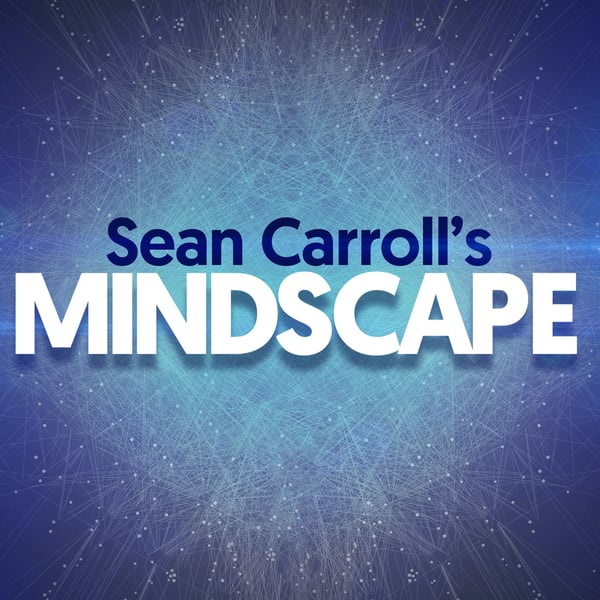224 | Edward Tufte on Data, Design, and Truth
Sean Carroll's Mindscape: Science, Society, Philosophy, Culture, Arts, and Ideas
Sean Carroll | Wondery
4.8 • 4.4K Ratings
🗓️ 23 January 2023
⏱️ 76 minutes
🧾️ Download transcript
Summary
So you have some information — how are you going to share it with and present it to the rest of the world? There has been a long history of organizing and displaying information without putting too much thought into it, but Edward Tufte has done an enormous amount to change that. Beginning with The Visual Display of Quantitative Information, and continuing to his new book Seeing With Fresh Eyes: Meaning, Space, Data, Truth, Tufte’s works have shaped how we think about charts, graphs, and other forms of presenting data. We talk about information, design, and how thinking about data reflects how we think about the world.
Support Mindscape on Patreon.
Edward Tufte received his Ph.D. in political science from Yale University. He has been a professor of public affairs at Princeton and of political science, statistics, and computer science at Yale, where he is currently emeritus professor. He is the founder and owner of Graphics Press, and his books have sold nearly 2 million copies worldwide. He is an active artist and sculptor, as well as a touring lecturer.
See Privacy Policy at https://art19.com/privacy and California Privacy Notice at https://art19.com/privacy#do-not-sell-my-info.
Transcript
Click on a timestamp to play from that location
| 0:00.0 | Hello, everyone. Welcome to the Mindscape podcast. I'm your host, John Carroll. |
| 0:03.8 | The world we live in today, I don't think anyone can argue, is suffused with |
| 0:08.8 | numbers, with data, with information. Data and information come at us from all |
| 0:13.8 | directions, right? Whether we're reading a newspaper or magazine, looking |
| 0:18.0 | at something online, watching TV, scientific papers, and the thing about |
| 0:23.0 | numbers and data is that they have this aura of objectivity, right? Like there's a |
| 0:28.2 | number, you can't argue with it. It's giving you some information. That could be false, |
| 0:32.0 | but as long as the information is reliable, it's telling you something objective |
| 0:35.4 | about the world. But the reality is that the way that we present that information |
| 0:40.8 | visually, whether it's in literal series of numbers or a chart or a graph or |
| 0:46.2 | whatever matters, it affects how we process the information, what seems |
| 0:50.8 | important to us, what is it that we notice, what is it that we care about? |
| 0:54.0 | So sometimes you want to do your best. I hope that usually you want to do your |
| 0:58.6 | best at conveying information clearly and vividly and concisely. |
| 1:03.0 | Sometimes maybe you want to fib a little bit, right? And hide the parts of the |
| 1:07.0 | information that you're not that proud of. But one way or the other, it matters |
| 1:11.6 | how it is presented. So the art and science of presenting information is very |
| 1:17.4 | important in the modern world. And today's guest is the guy. |
| 1:21.4 | When it comes to the display of quantitative information at Rutufti is |
| 1:28.2 | the author of the classic book, namely the visual display of quantitative |
| 1:32.4 | information. They're really pioneering texts that help people understand |
| 1:36.6 | the importance of graphs and charts and how they are presented in the way to |
... |
Please login to see the full transcript.
Disclaimer: The podcast and artwork embedded on this page are from Sean Carroll | Wondery, and are the property of its owner and not affiliated with or endorsed by Tapesearch.
Generated transcripts are the property of Sean Carroll | Wondery and are distributed freely under the Fair Use doctrine. Transcripts generated by Tapesearch are not guaranteed to be accurate.
Copyright © Tapesearch 2025.

